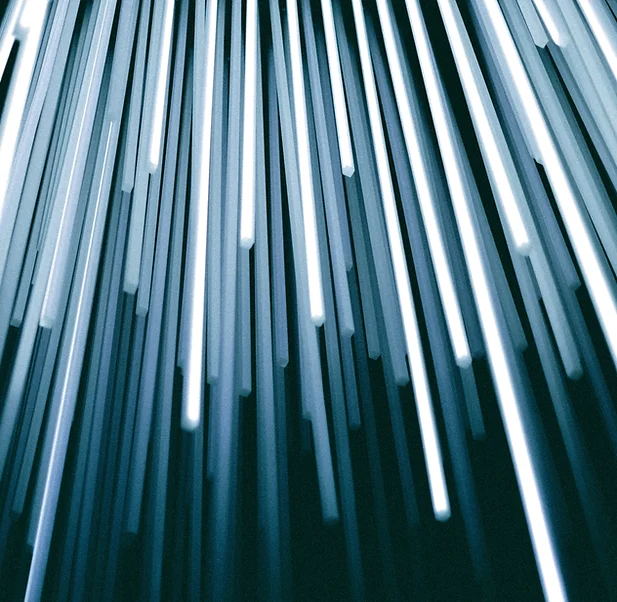
On the evening of October 10, 2024, Tesla unveiled its highly anticipated robotaxi, the “Cybercab,” at Warner Bros. Studios in Los Angeles. This futuristic two-seater vehicle is designed specifically for autonomous operation, lacking both a steering wheel and pedals. Instead, it relies on advanced AI to navigate roads and charges through induction. The “Cybercab’s” striking design features butterfly-wing doors and a cabin that accommodates only two passengers. During the event, Tesla’s visionary founder, Elon Musk, asserted that autonomous cars are projected to be at least 10 to 20 times safer than those driven by humans.
In addition to the “Cybercab”, Tesla announced plans to launch fully autonomous versions of its existing Model 3 and Model Y vehicles. Musk expressed optimism that production of the “Cybercab” could begin as early as 2026 or as late as 2027. The vehicle will be powered by Tesla’s next-generation autonomous driving software, known as “unsupervised FSD” (Full Self-Driving). Key technological features include a vision-based sensing system that utilizes cameras— eschewing lidar—and enhanced AI hardware aimed at improving both safety and performance. Additionally, there are potential plans for distributed computing capabilities when the vehicle is parked.
Tesla also introduced the “Optimus” robot, designed to handle various household chores such as watering plants, walking dogs, and serving drinks. However, the extent of its autonomy remains unclear; some observers suspect that demonstrations may involve human control or tele-monitoring. Musk has made ambitious claims about Optimus’s potential, stating it will eventually be capable of performing “anything you want” and managing a wide range of everyday tasks both indoors and outdoors.
This shift towards robotics and AI marks a significant pivot for Tesla, moving away from its core business of manufacturing electric vehicles (EVs). The company believes that producing and selling robots could represent the future of Tesla.
Tesla also unveiled a larger autonomous vehicle called the “Robovan”, designed to accommodate up to 20 passengers or cargo. While the “Cybercab” embodies an ambitious vision for future transportation, it’s essential to acknowledge Tesla’s history of optimistic timelines often followed by missed deadlines regarding autonomous technology. Regulatory approval remains a significant hurdle for truly driverless vehicles.
Following the event, Tesla shares experienced a notable decline, dropping over 7% on Friday afternoon. Analysts described the strategy for commercializing “Cybercabs” as “vague” and “underwhelming.” Investors were left wanting more concrete details; they expected specific numbers and timelines that were not provided during the presentation. Jefferies analysts referred to the $30,000 “robotaxi” as a “toothless taxi,” highlighting its “ambitious goals” but lack of “proof of their viability.” RBC Capital analyst Tom Narayan noted that investors perceived Musk’s vision as lacking “real numbers and timelines.”
The self-driving landscape is still in its infancy but is rapidly evolving. Major players such as Alphabet-owned “Waymo” are already making strides; “Waymo” operates Jaguar I-Pace vehicles in cities like San Francisco, Phoenix, and Los Angeles and claims to provide over 100,000 trips each week across these areas. Additionally, “Waymo” plans to expand into new cities like Austin and Atlanta through a partnership with Uber.
If Musk’s timeline for fully autonomous cars seems aggressive, it’s because Tesla has significant ground to cover compared to competitors that have already established themselves in this space. The clock is ticking for Tesla; whether it can meet these ambitious timelines remains uncertain. The ambiguity surrounding Tesla’s future plans and technologies has stirred considerable public interest, yet many are left questioning whether they can trust the company to deliver on its promises.
As we look ahead, only time will tell if Tesla can navigate these challenges and fulfill its vision for an autonomous future.

